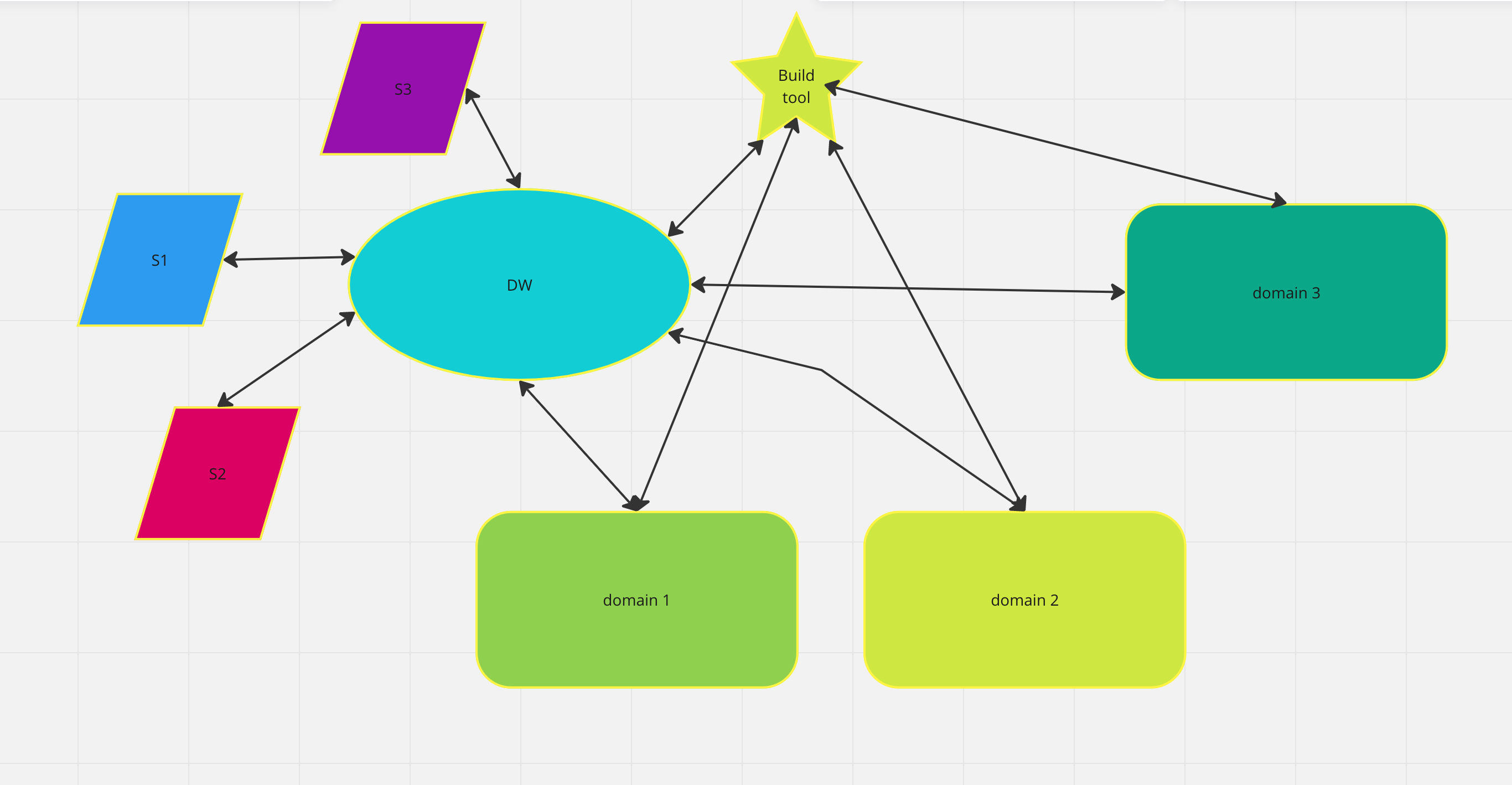The world of cloud data storage and data modeling can be a confusing and overwhelming landscape. With so many platforms and products to choose from, it can feel like a never-ending game of catch-up to stay on top of the latest trends and tools.
One of the top players in the game is Amazon Web Services (AWS) with its Amazon S3 (Simple Storage Service) and Amazon Redshift data warehousing service. AWS has long been a leader in cloud computing, and its storage and warehousing solutions are no exception. The benefits of using Amazon S3 and Redshift include low-cost storage, high durability, and scalability. However, as with any platform, there are downsides to consider. S3 can be a bit clunky to manage, and Redshift can be slow to load data.
Another big player in the game is Microsoft with its Azure platform and Azure SQL Data Warehouse. Azure is quickly becoming a formidable opponent to AWS, and its storage and warehousing offerings are solid. Azure offers a variety of storage options, including Blob Storage and Azure Files, and its SQL Data Warehouse service is a powerful solution for data warehousing. The downside to Azure is that it can be complex to set up and manage, particularly if you’re not already familiar with the Microsoft ecosystem.
Google is another major player in cloud data storage and data modeling with its Google Cloud Platform (GCP) and BigQuery service. GCP offers a variety of storage options, including Google Cloud Storage and Google Drive, and BigQuery is a popular data warehousing service with lightning-fast query times. The downside to GCP is that it can be challenging to navigate, particularly if you’re not already familiar with Google’s ecosystem.
One up-and-coming player in the game is Snowflake, a cloud-based data warehousing company that has been making waves in the industry. Snowflake is built on top of Amazon S3 and offers a unique architecture that allows for instant and unlimited scalability. It also offers a variety of features, including automatic scaling and performance optimization. However, Snowflake can be quite pricey, so it may not be the best option for smaller companies.
Finally, there’s Databricks, a cloud-based platform that combines data warehousing, machine learning, and analytics into one powerful tool. Databricks offers a variety of storage options, including AWS S3, Azure Blob Storage, and Google Cloud Storage, and its Delta Lake service is a popular data warehousing solution. The downside to Databricks is that it can be complex to set up and manage, particularly if you’re not already familiar with the platform.
Navigating the world of cloud data storage and data modeling can be a daunting task, but it doesn’t have to be. By carefully considering your company’s needs and priorities, you can choose the platform and products that are right for you. Whether you go with a tried-and-true solution like AWS or Azure, or you opt for an up-and-coming player like Snowflake or Databricks, there’s a solution out there that can help you harness the power of cloud data storage and data modeling to drive your business forward.
So, there you have it, folks (sorry, couldn’t resist!). The state of cloud data storage and data modeling in 2023 is one of exciting growth and innovation. With new players entering the game and established players continuing to push the envelope, the future is bright for companies looking to harness the power of cloud data storage and data modeling to drive their businesses forward.


